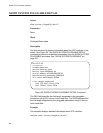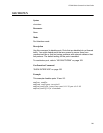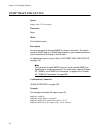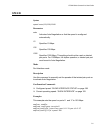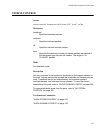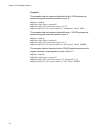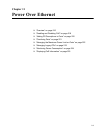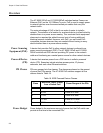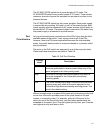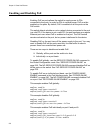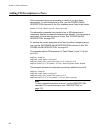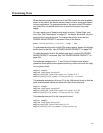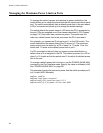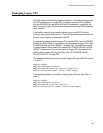
Chapter 11: Power Over Ethernet
216
Overview
The AT-9000/12PoE and AT-9000/28PoE switches feature Power over
Ethernet (PoE) on the 10/100Base-Tx ports. PoE is used to supply power
to network devices over the same twisted pair cables that carry the
network traffic.
The main advantage of PoE is that it can make it easier to install a
network. The selection of a location for a network device is often limited by
whether there is a power source nearby. This constraint limits equipment
placement or requires the added time and cost of having additional
electrical sources installed. However, with PoE, you can install PoE-
compatible devices wherever they are needed without having to worry
about whether there is a power source nearby.
Power Sourcing
Equipment (PSE)
A device that provides PoE to other network devices is referred to as
power sourcing equipment (PSE). The AT-9000/12PoE and AT-9000/
28PoE switches are PSE devices providing DC power to the network
cable and functioning as a central power source for other network devices.
Powered Device
(PD)
A device that receives power from a PSE device is called a powered
device (PD). Examples include wireless access points, IP phones,
webcams, and even other Ethernet switches.
PD Classes PDs are grouped into five classes. The classes are based on the amount
of power that PDs require. The AT-9000 PoE switches support all five
classes listed in Table 18.
Power Budget Power budget is the maximum amount of power that the PoE switch can
provide at one time to the connected PDs.
Table 18. IEEE Powered Device Classes
Class
Maximum Power Output
from a Switch Port
Power Ranges of the PDs
0 15.4W 0.44W to 12.95W
1 4.0W 0.44W to 3.84W
2 7.0W 3.84W to 6.49W
3 15.4W 6.49W to 12.95W
4 30W 12.95W to 25.5W



